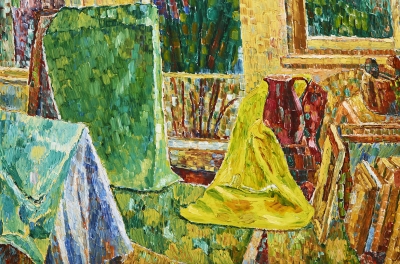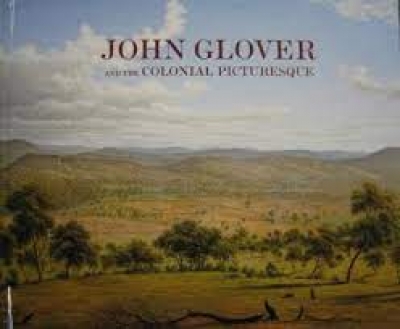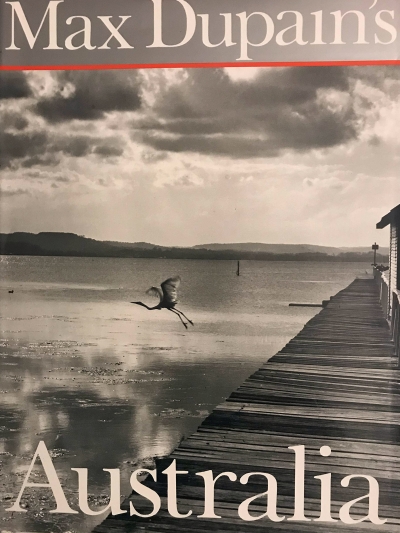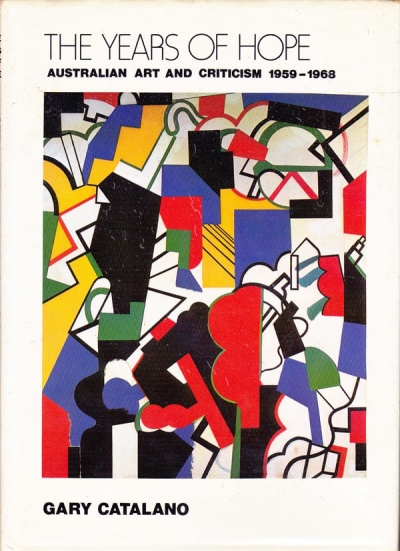Mary Eagle
The traits women are encouraged to develop nowadays, such as outwardness, attitude, assertiveness, and professionalism, did not characterise Grace Cossington Smith (1892–1984). Family snapshots showed the young woman with tousled hair, guileless face, and buck-toothed smile: a neat-figured, long-skirted Edwardian tomboy after the style of Australian heroines in novels by Ethel Turner and Mary Grant Bruce. The older woman in family photographs still had the tomboy grin; conversely, when she showed a public face, the mouth was closed and the eyes steady behind glasses.
... (read more)The Oil Paintings of Arthur Streeton in the National Gallery of Australia by Mary Eagle
by Daniel Thomas •
Max Dupain’s Australia by Max Dupain & Max Dupain’s Australian Landscapes by Max Dupain
by Mary Eagle •
The Years of Hope: Australian Art and Criticism 1959–1968 by Gary Catalano
by Mary Eagle •




